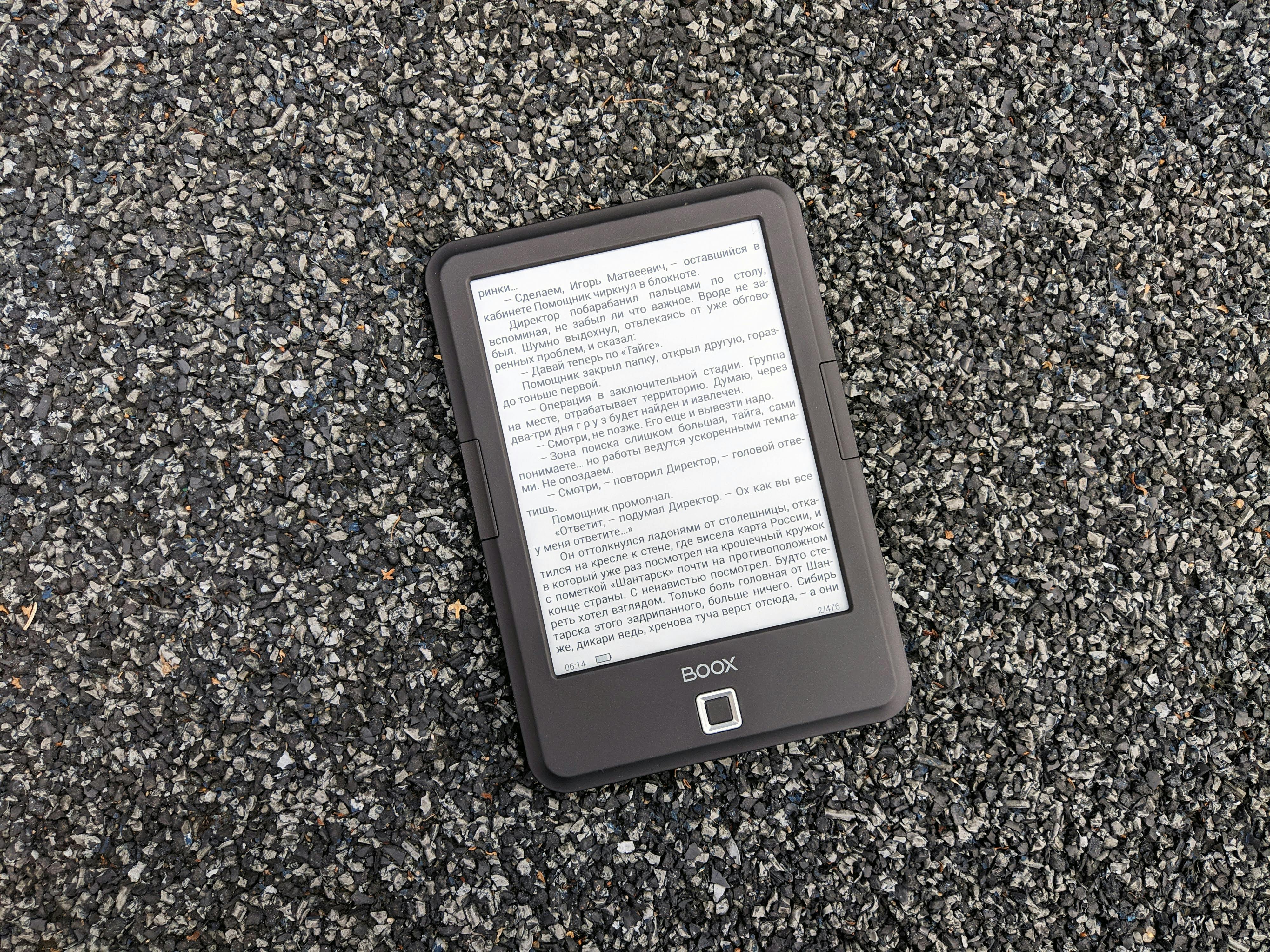"Edging Towards a Paperless World: The Rising Dominance of E-Ink Technology"
One of the defining trends of the 21st century has been the shift from physical to digital, from pen and paper to screens and pixels. Over the past couple of decades, we’ve seen a profound change in the way we read, write, and interact with information. The driving force behind a significant part of this shift is E-Ink technology.

The Birth and Evolution of E-Ink Technology
Electronic Ink technology, better known as E-Ink, was first conceived in the 1970s by a team of researchers at the Xerox Palo Alto Research Center. The goal was to develop a medium that could mimic the appearance of ink on paper but was flexible, updateable, and reusable.
The first successful E-Ink display was unveiled in 1997, and the technology has continuously evolved since then. It found its first significant application in the e-reader market, with Amazon’s Kindle being the most notable example.
E-Ink’s Current Reign in the Tech World
In the present day, E-Ink technology has found a much wider range of applications beyond e-readers. It’s now being used in a variety of devices, including smartwatches, digital signage, and even smartphones. The reason behind its increasing popularity lies in its unique features.
E-Ink displays are easy on the eyes, consume significantly less power than traditional LCD or LED screens, and are readable even under direct sunlight. These features have made them a preferred choice for devices meant for prolonged use, like e-readers, or ones that require constant display, like digital signage or smartwatches.
The Price and Market Impact of E-Ink Technology
While E-Ink displays are more expensive to produce than their LCD counterparts, they offer significant power savings, potentially extending the battery life of a device by several times. This benefit often outweighs the initial cost, especially for devices meant for prolonged use.
Furthermore, the unique properties of E-Ink displays have allowed manufacturers to carve out new niches in the tech market. For instance, the success of e-readers like the Kindle has created a robust market for digital books, changing the dynamics of the publishing industry.
The Future of E-Ink Technology
The future of E-Ink technology looks promising, with several exciting developments on the horizon. For instance, advances in color E-Ink technology could soon bring us e-readers with full-color displays.
Furthermore, researchers are experimenting with flexible E-Ink displays, which could pave the way for devices like rollable e-readers or foldable smartphones. These developments could further expand the applications of E-Ink technology and solidify its position in the tech world.
Final Thoughts
E-Ink technology has played a crucial role in the shift from physical to digital. Its unique properties have made it a preferred choice for a variety of devices and opened up new opportunities in the tech market. As we continue to edge towards a paperless world, it’s clear that E-Ink technology will play a significant role in shaping our digital future.






